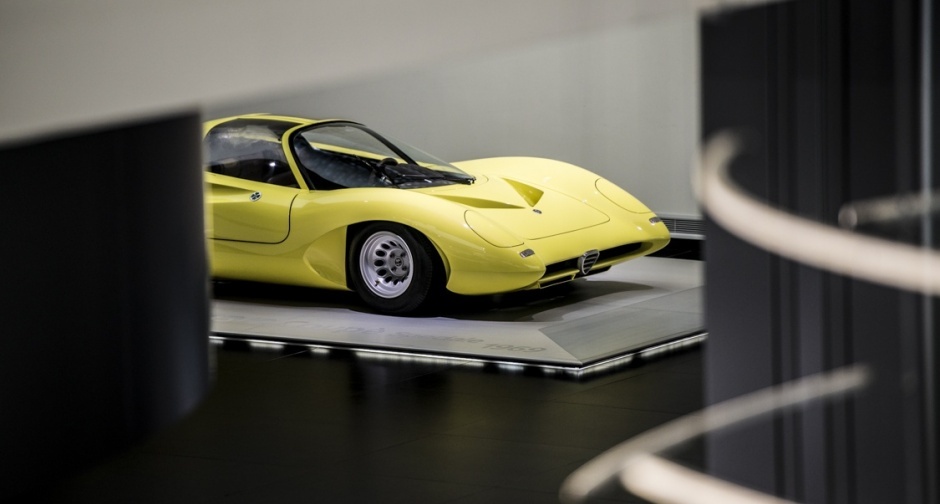
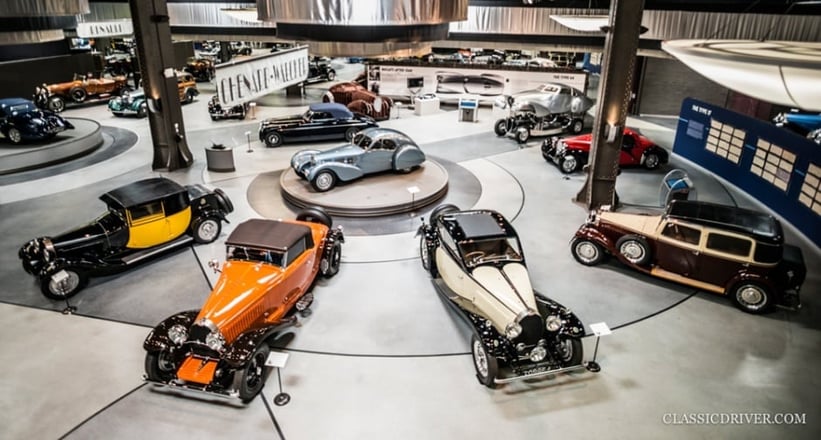
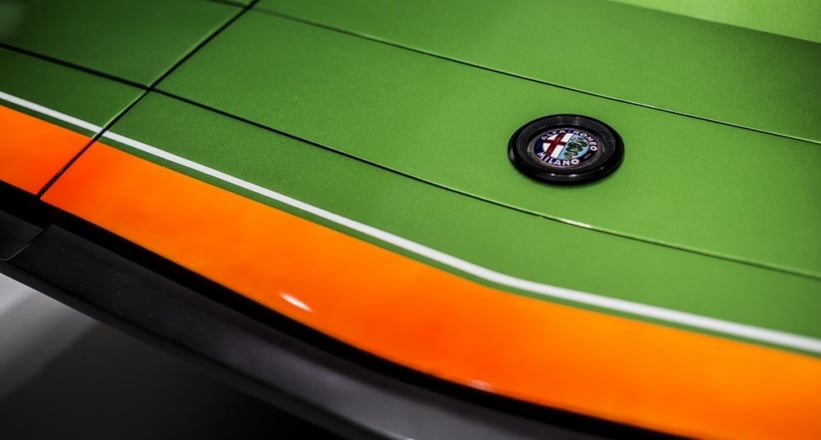
The locations alone provide more than a hint that the people behind the show have decided for themselves that cars are, indeed, art, because all three play host to the hugely successful international contemporary art selling events known as Art Basel. They date back to an original show held in the city in 1970, prior to the addition of the Miami version in 2002 and the Hong Kong one in 2013.
We'd take a guess that there are few Classic Driver readers who don't concur with the notion that cars can be art, but the art world itself has proved decidedly slow to fully admit it.
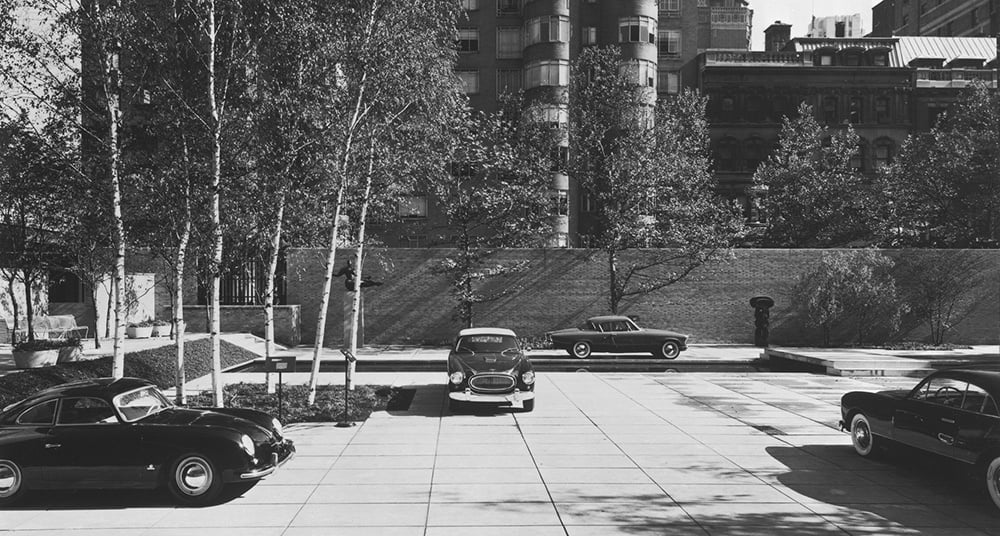
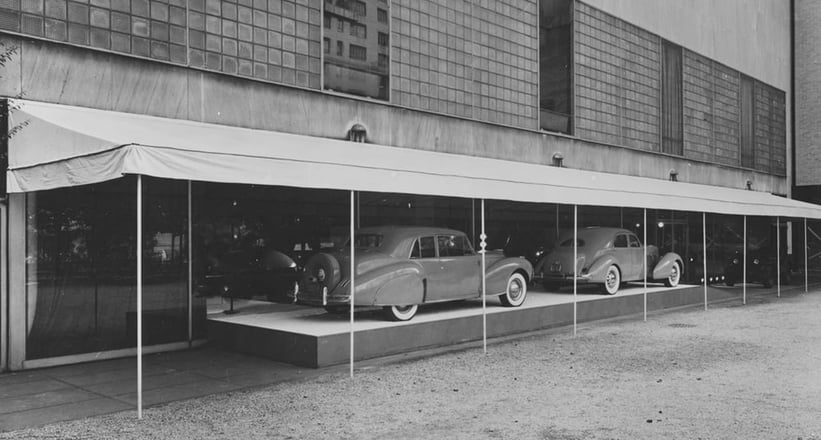
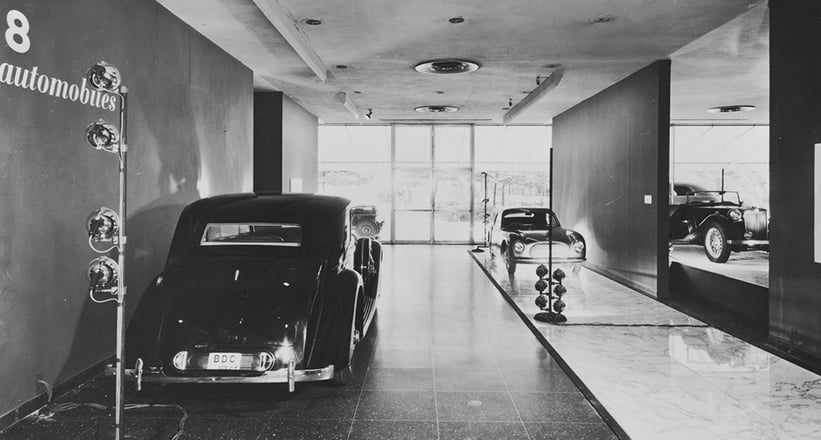
Way back in the autumn of 1951, New York’s Museum of Modern Art (MOMA) expressed tentative recognition of the fact that vehicles should be credited as being something more than the sum of their functional parts with the staging of a groundbreaking, 10-week show called simply ‘Eight Automobiles’.
A rather stiff press release created to promote the event still exists in the MOMA archives and states: “All the automobiles were selected for their excellence as works of art and for their relevance to contemporary problems of passenger car design. The exhibition includes automobiles designed between 1930 and 1951 in America, Prance (sic), England, Germany, and Italy.
“In addition to the eight cars to be shown on an elevated roadway paved with marble chips in the first-floor galleries and in the Museum Garden, the exhibition will also include 13 enlarged photographs of well-designed automobiles.”
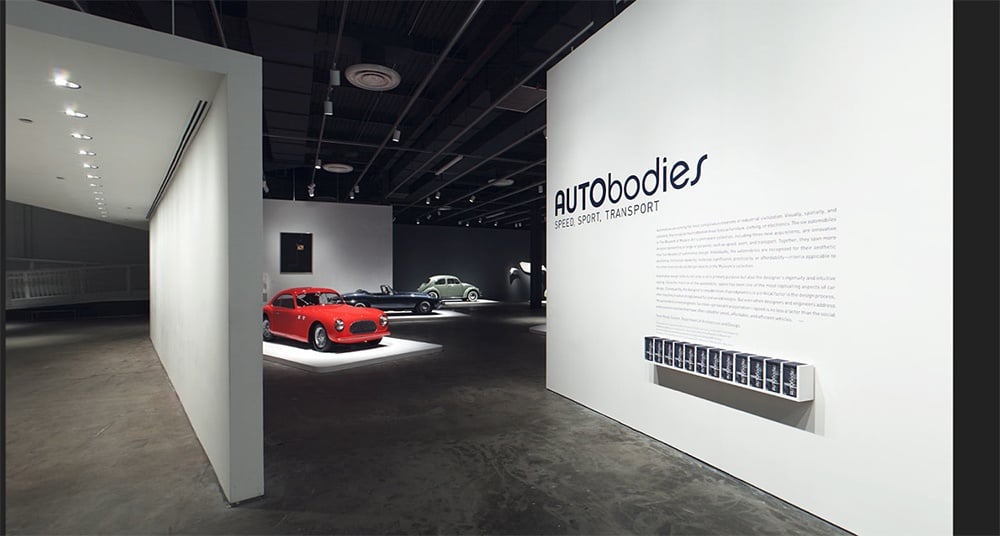
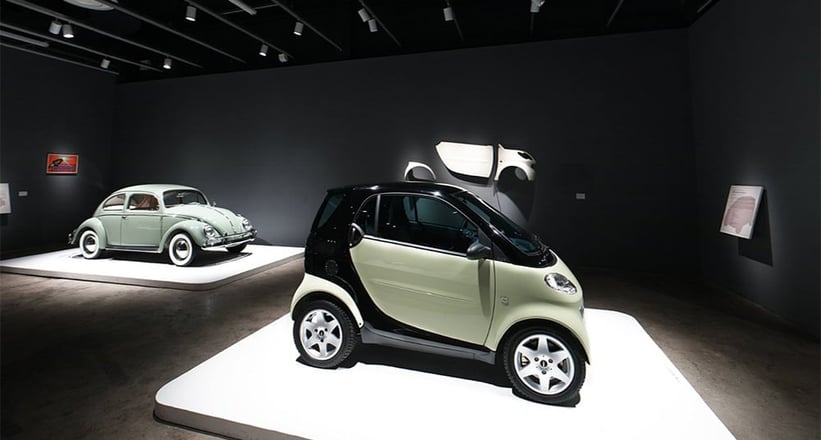
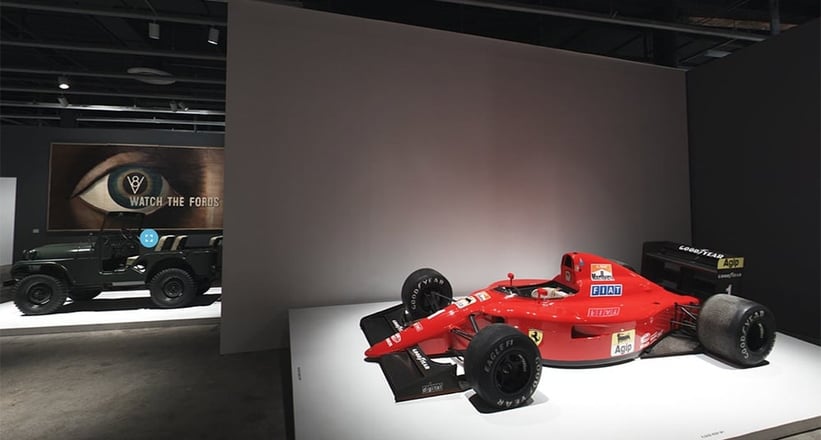
Lincoln, Cord, Cisitalia, and Jeep were among the marques represented in the show which presaged the forming of an official MOMA car collection which, although still small, now includes landmark models ranging from a VW Beetle to a Smart car.
Truth be told, however, many of the world's stuffier art critics remain decidedly uncomfortable with the thought of cars – or any wheeled vehicle, for that matter – being bracketed with ‘great works’ of more conventional form.
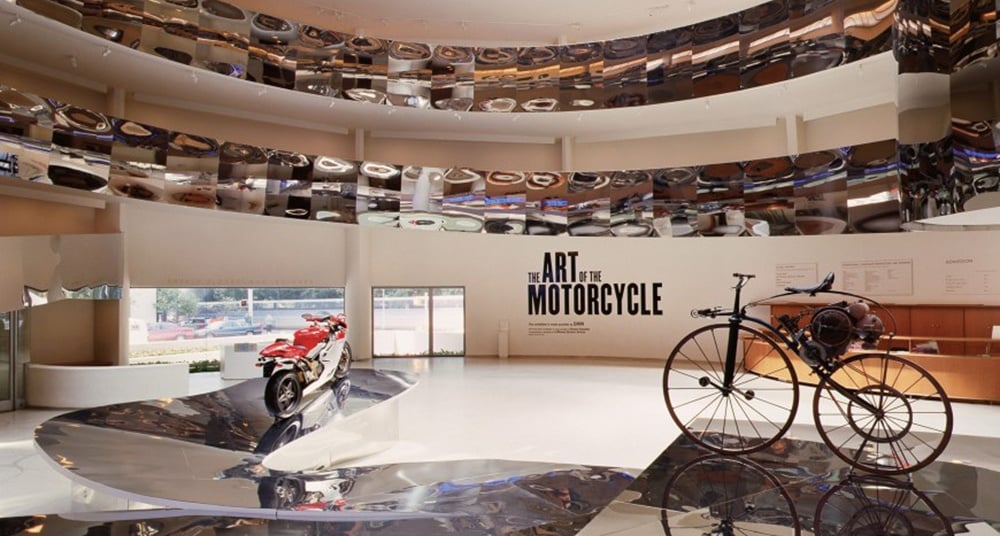
In 1998, when the director of the Solomon R Guggenheim Foundation gave the go-ahead to an exhibition called ‘The Art of the Motorcycle’ in the Guggenheim New York, many leading critics were infuriated. Writing from their ivory towers, they opined that the subject was insufficiently academic to be given over to such an important space, although they were less vociferous when the show proved to be the most popular exhibition the museum had ever staged, attracting an average of 4,000 people per day.
Oddly, however, the use of a car as a blank canvas on which to create conventional art has long been deemed entirely acceptable. It was, perhaps, the late Beatle John Lennon who paved the way with his famous psychedelic Rolls-Royce Phantom V that was painted in 1967 in the style of the Sgt Pepper’s album cover by Surrey artist Steve Weaver (for a fee of £290, incidentally....)
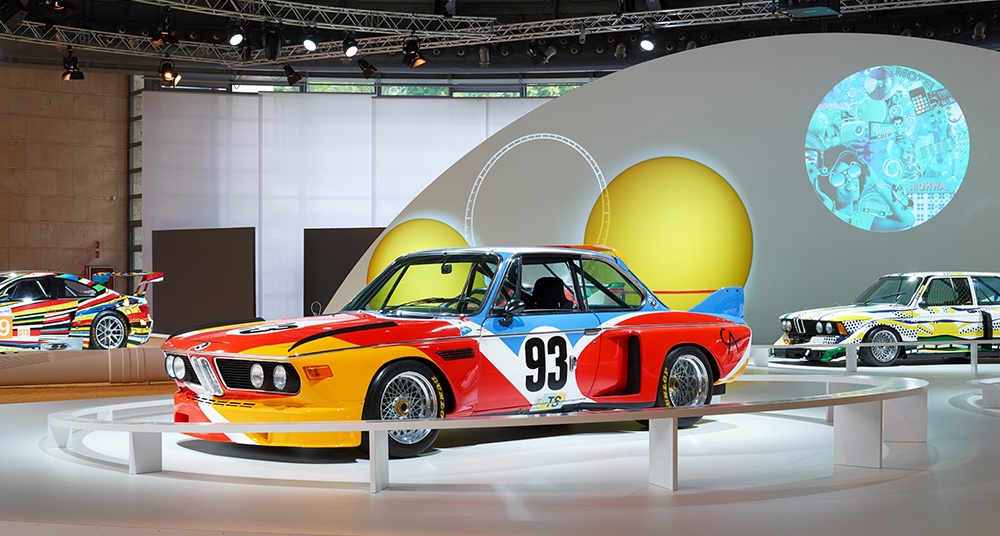
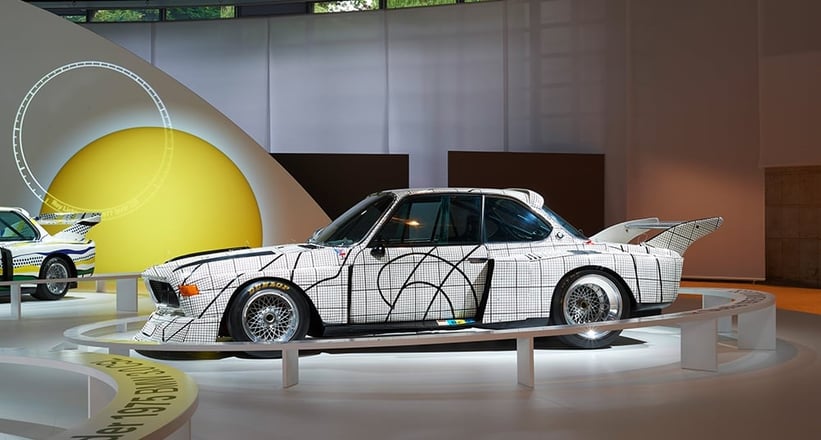
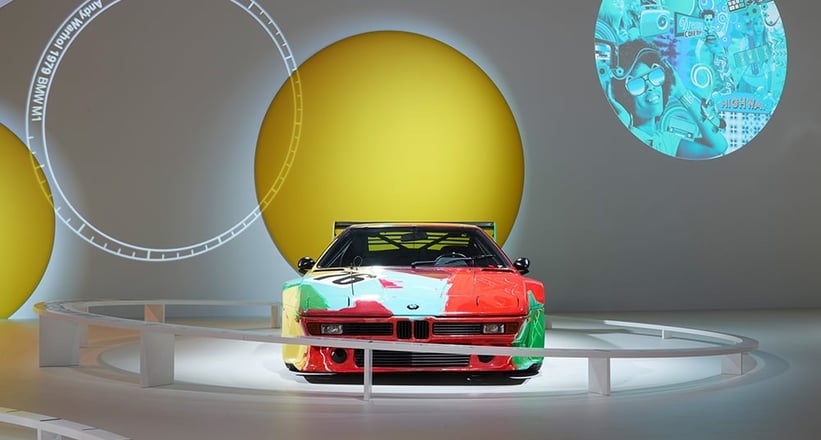
In 1975, racing driver, car collector and auctioneer Hervé Poulain followed suit by commissioning Alexander Calder to hand-paint a design on a BMW 3.0 CSL race car, establishing the BMW Art Car tradition that has led to a total of 17 examples being created so far by artists including David Hockney, Roy Lichtenstein, Andy Warhol, and Robert Rauschenberg.
Cars that have been enhanced at the hands of great customisers such as Von Dutch and George Barris are generally accepted as ‘artworks’, too – but we at Classic Driver are firmly of the belief that the machines themselves can be regarded as art in, perhaps, its purest and most honest form.
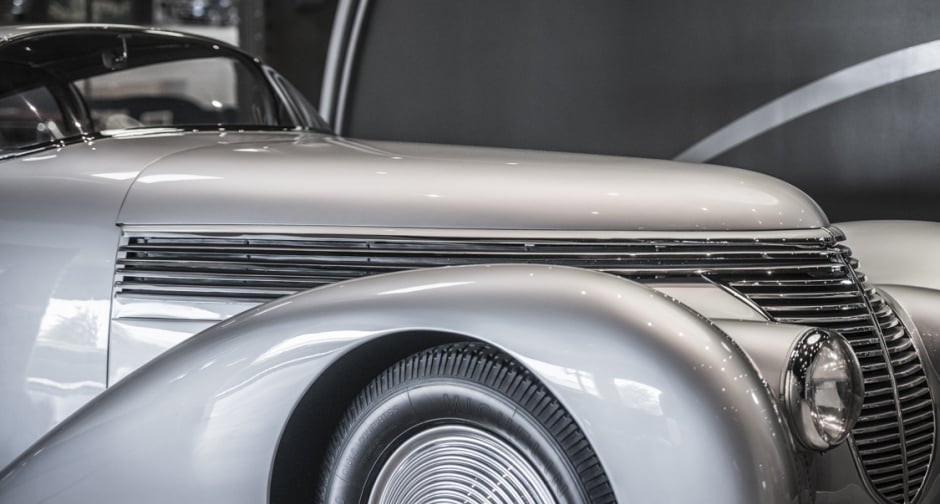
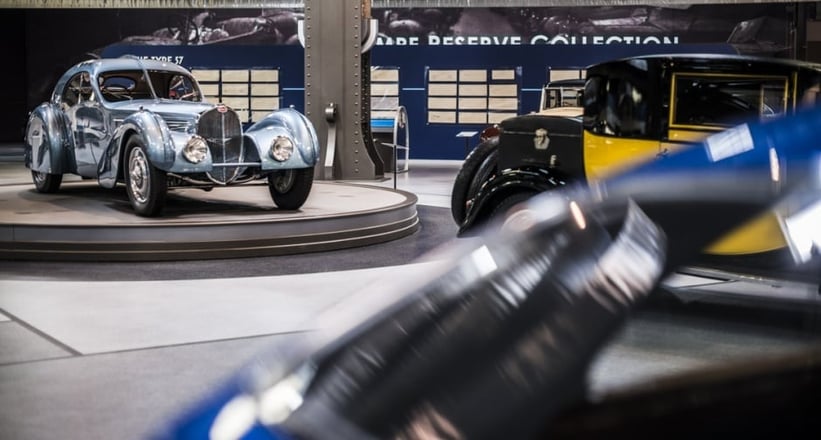
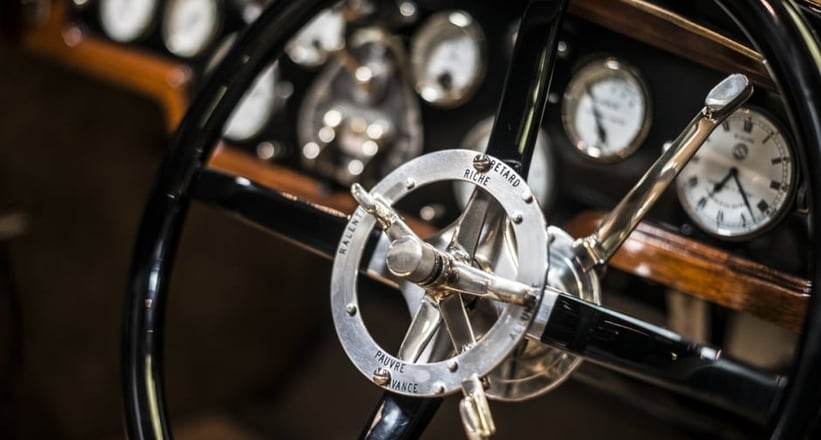
Classics, however, are perhaps more worthy of the ‘art’ label than moderns, because the majority of the latter have become too similar due to the constraints of international regulations restricting their final forms.
No such worries existed in the ‘old days’, however, when crazily exaggerated fins sketched-in by General Motors draughtsman made it into production, Zagato’s ‘double bubble’ roofs were made for the practical purpose of providing extra headroom (but happened to look rather beautiful), and Malcolm Sayer's background as an aeronautical designer, of course, led him to pen the Jaguar E-Type – famously dubbed by Enzo Ferrari the most beautiful car he had ever seen.
Interiors, too, were works of art – take, for example, the staggeringly detailed accommodation in many pre-war saloons and limousines, with their beautifully stitched and detailed leathers, quilted headlinings, etched glass and lovingly executed veneers.
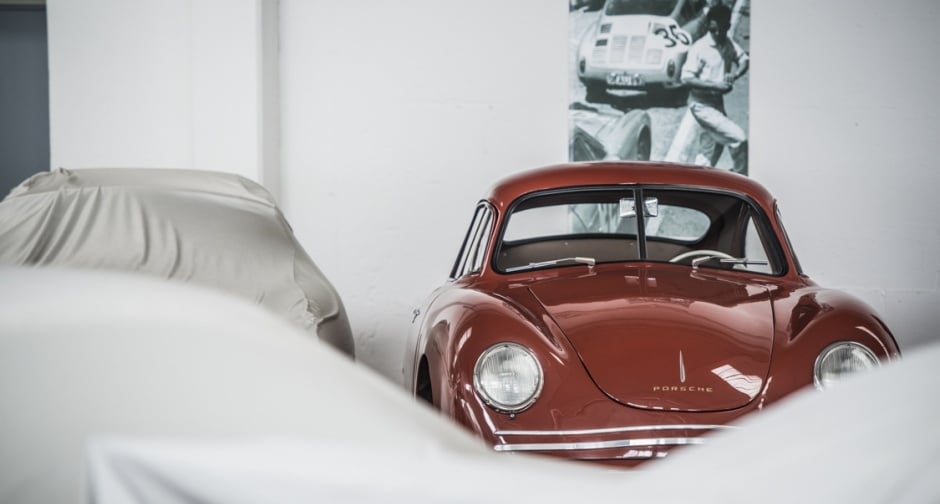
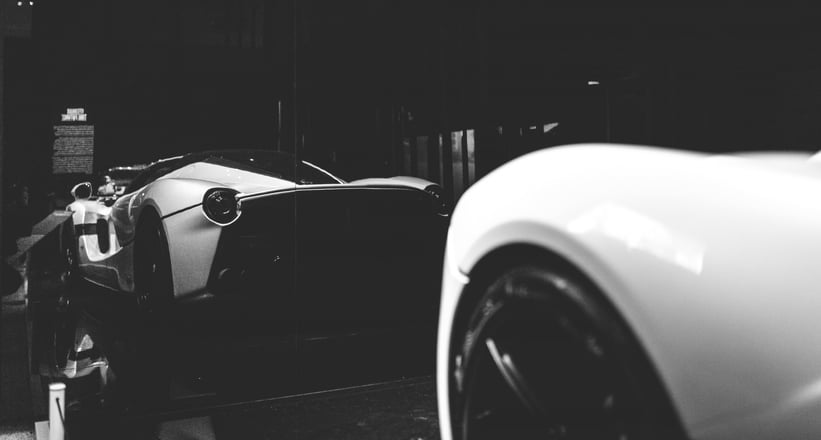
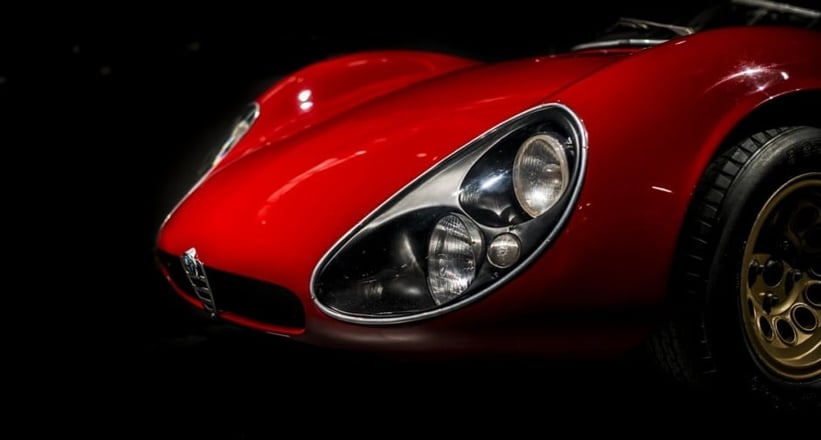
Perhaps the clearest evidence, however, that cars are now fully recognised as works of art can be seen, dare we say it, in the massive sums that some are fetching and the type of people who have started to buy them.
Indeed, the ‘league table’ of classic car values can fairly be compared with that of the conventional art world, with the likes of Picasso, Francis Bacon, Andy Warhol and Geoff Koons being matched in terms of values and desirability by, perhaps, Ferrari, Aston Martin, Mercedes-Benz and Jaguar.

Those of us who don't exist in the rarefied orbit occupied by the person who bid a record 48.2m US dollars for a Ferrari 250 GTO at RM Sotheby’s during Monterey Car Week can, however, take comfort in the fact that – as with ordinary art – beauty is in the eye of the beholder and a ‘piece’ can still warm one’s heart and cheer one’s soul without being of ‘investment-grade’ quality.
So, the next time you go out to that Fiat 500 in your garage, check the oil on the BMW 2002 in your driveway, or pull up the roof on your MGB in the face of a sudden cloudburst, just take a little time to really appreciate it, inside and out.
Then turn the key, drive up the road, and feel confident that you’re in possession not just of a piece of art, but a piece of performance art…
Photos: Rémi Dargegen / BMW / MOMA / Guggenheim Museum / Stephan Bauer




























































